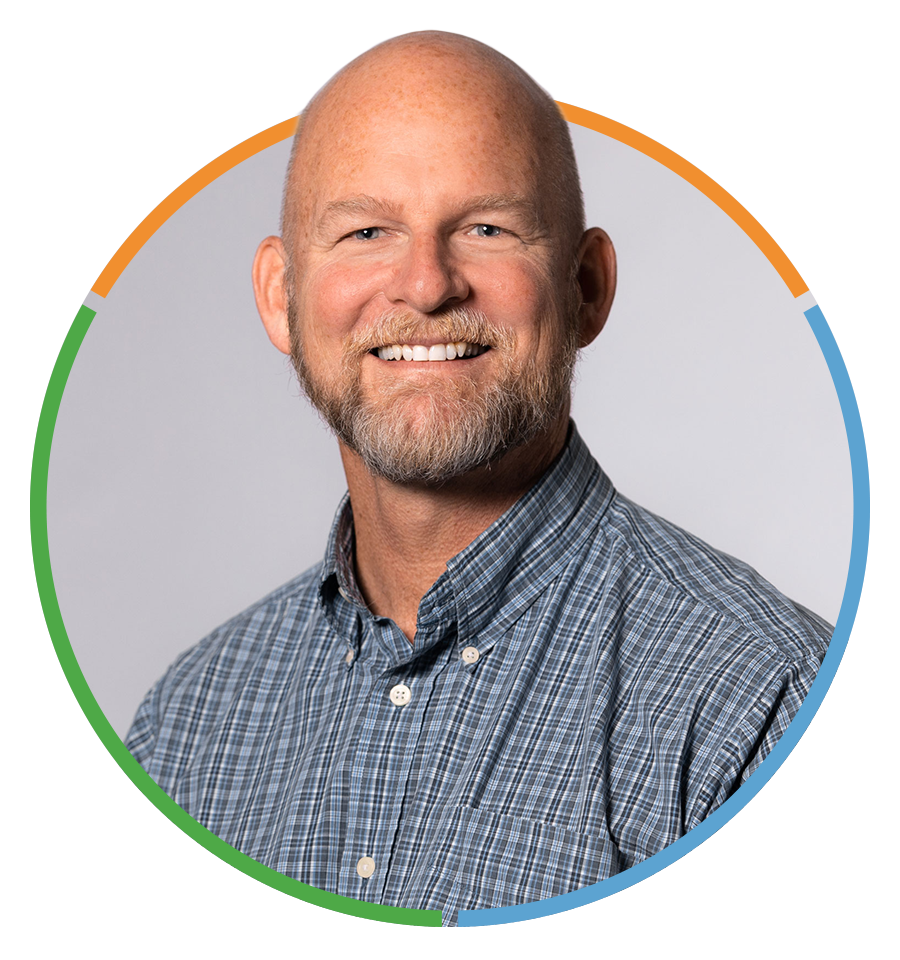Houselessness Isn’t the Problem and “Why” Isn’t the Only Question to Ask
James Whitford
Founder & CEO
Read more from James
This article was originally published in The Joplin Globe on December 18, 2022.
Have you noticed an increase in the homeless population in your community? You’re not alone. In the United States, homelessness has been on the rise for the last handful of years. Since 2015, the number of people living in tents, camping under bridges, and wandering the streets has increased by 31% from 173,000 to 226,000.
Why has this happened? That is the question every mayor, downtown business owner, and nonprofit leader wants answered. Unfortunately, there is no simple answer for the quarter million people living on the streets. The reasons for each individual’s homelessness are complex and unique.
I have encountered thousands of homeless individuals, each with his or her own unique story. One woman, Betty, lost her husband and then found herself on the streets after a breakdown in her relationship with her family. Mike, on the other hand, ended up homeless after years of neglect and abuse at the hands of his alcoholic parents. The “why” is different for every person and trying to answer it from a 30,000 foot perspective often results in government-style central planning that simply masks the symptoms without ever addressing the distinctly unique source of each individual’s struggle.
Often, policymakers believe that the cure to homelessness is simply housing. But a house only addresses a symptom, not the source of the problem. This is why, 10 years and $16.2 billion later, the government approach of Housing First has proven a failure. A house doesn’t end addiction or treat years of trauma. As a result, oftentimes people either leave their government housing or sadly, die from their untreated afflictions. Homelessness isn’t an epidemic to be treated with a house as if housing is the cure. Houselessness isn’t the real problem and “why” isn’t the only question we should be asking. We should also be asking, “How?”
I asked that question of five unsheltered individuals who admitted they couldn’t take shelter in my mission because of drug use. “How are you continuing to support your habit? How are you living on the streets?” Without pause, they gave me three responses: selling food stamps for fifty cents on the dollar, selling government subsidized cell phones for fifty bucks a pop, and panhandling. The epidemic is not homelessness or houselessness. It’s dependency.
Dependency is a national epidemic, supported by the fact that there are about five million more people dependent on the USDA’s Supplemental Nutrition Assistance Program (SNAP) than there are people in poverty (42 vs. 37 million). There are ongoing debates surrounding the integrity of the SNAP program and level of abuse, but whether chronically homeless people are misusing food stamps or not, they’re often dependent on them. Whether they use government phones for personal use or sell them, they’re dependent on them. Whether or not they use money given at the corner while holding a cardboard sign for clothing or drugs, they’re dependent on it.
So, let’s solve dependency. The first step is to measure it. It’s easy enough for a community to measure dependency on panhandling by point-in-time counts through the year. We have even figured out how to measure dependency on local nonprofits through a tool that measures recidivism, or the number of times clients return to charities for help. But measuring dependency on welfare programs has been a more difficult problem to solve.
Most departments of social services at state capitols report welfare data at the county level, not the city level, leaving each city’s leadership without a clear baseline of welfare dependency. It was like this in my state of Missouri, as well.
Next year that changes. Thanks to a joint effort by True Charity Initiative and the Foundation for Government Accountability, the governor signed off on the 2023 appropriations bill that requires social service offices to break down welfare usage by community—including dollars spent and the number of people dependent on every program. And Missouri mayors are thankful. The former mayor of Joplin, Ryan Stanley told me, “A county-wide number is too broad and treats all cities as though we are the same. True and timely data create real and accurate pictures of who we really are.”
It still takes real compassion, respect for human dignity, and a sincere interest in why a person is homeless to help someone who’s homeless. It worked for Betty, and it’s working for Mike. A personal approach represents the cure to deep and chronic poverty, but for the medicine to take, we must dry up dependency.
We must eliminate repetitive handouts that place the recipient in a position of expectation that progresses to entitlement and dependency. It’s what traps people standing on street corners begging and sleeping under bridges instead of in houses. That dependency on public and private charity can now be measured in Missouri cities. There is no reason we shouldn’t establish a baseline and then get to work in our communities to improve it.



